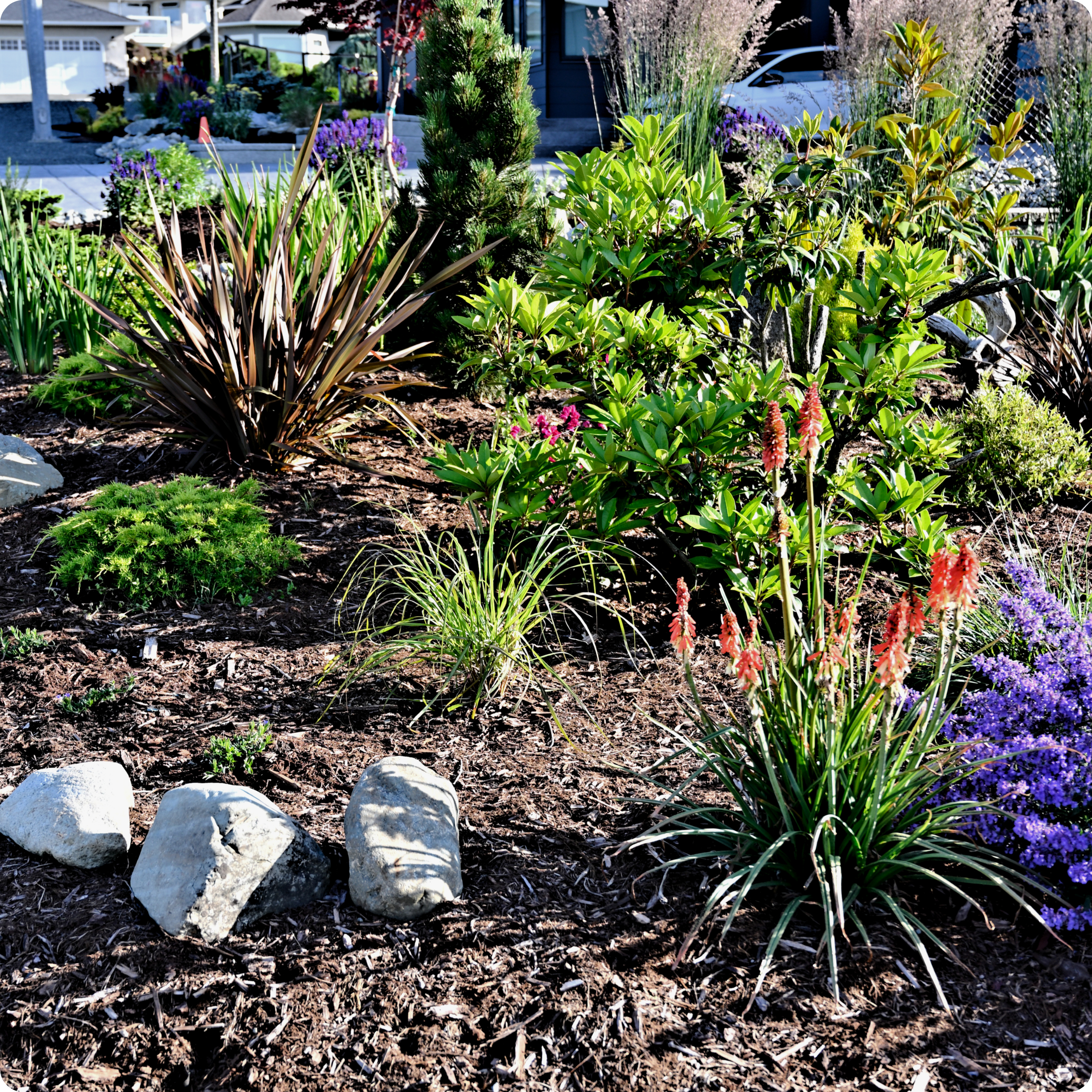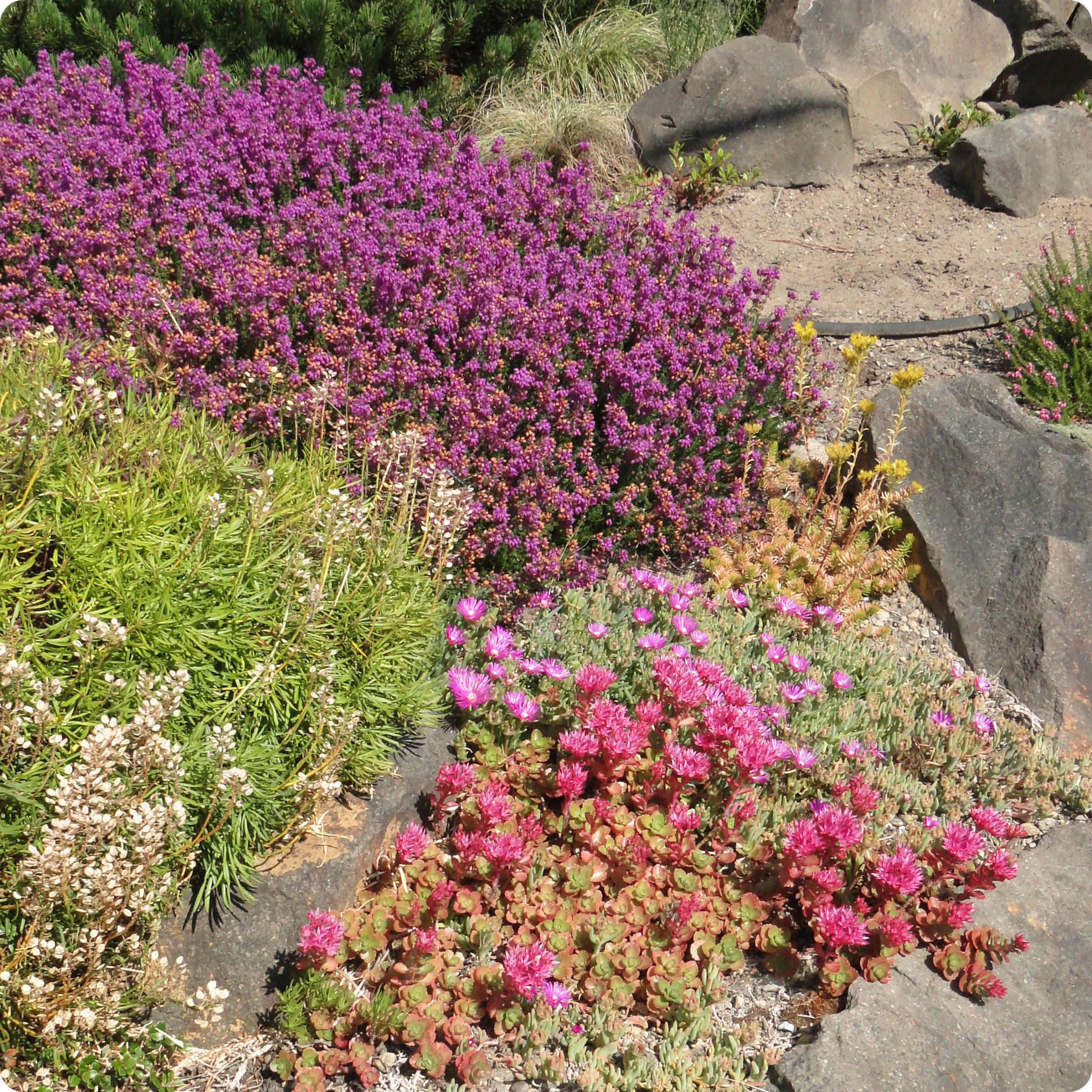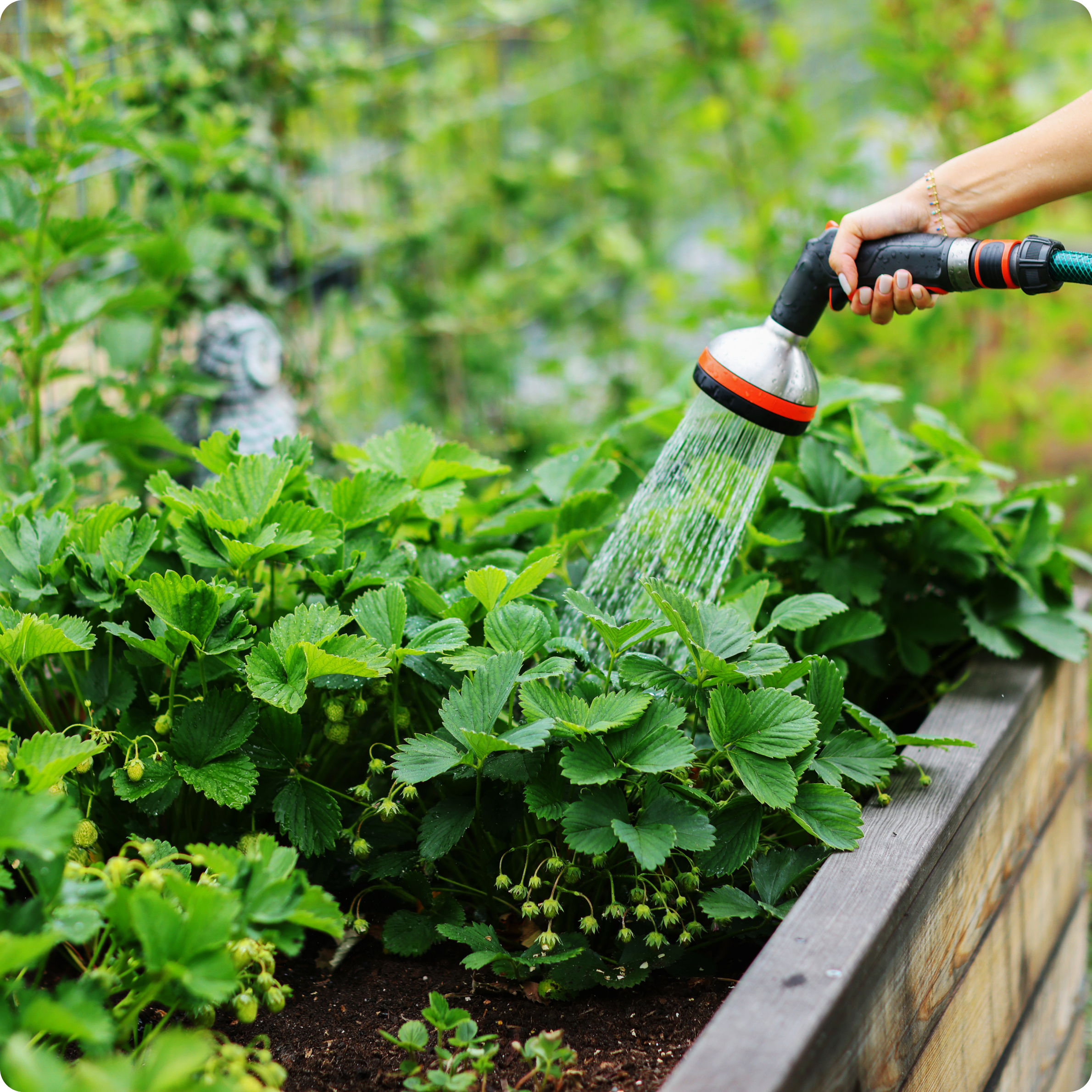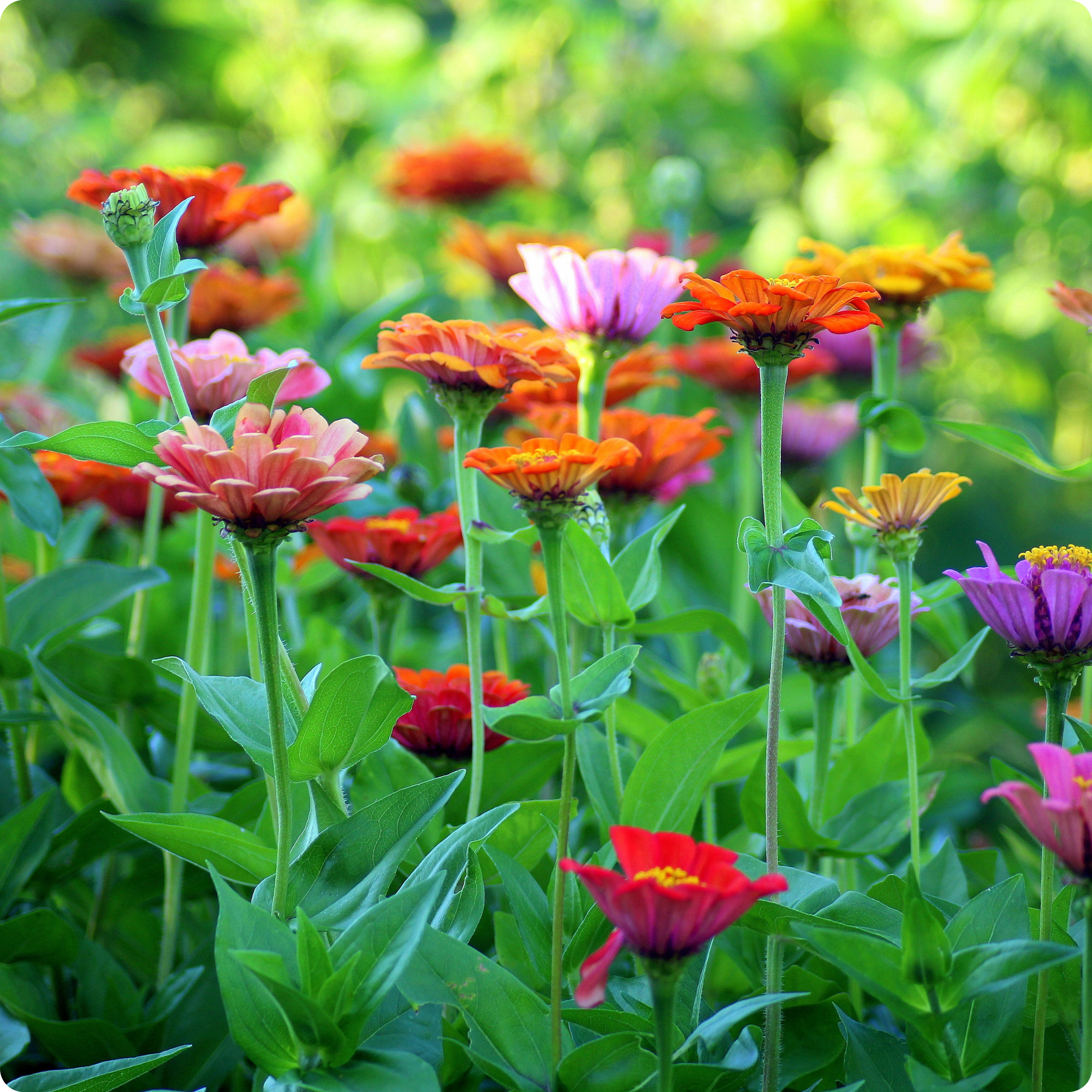Planning a Drought-Resistant Landscape
Design a drought-resistant landscape by selecting native, low-water plants, improving soil with compost, using drip irrigation, and adding hardscaping. Regular maintenance ensures a sustainable, low-water garden.

Planning a Drought-Resistant Landscape: Sustainable Design for a Water-Efficient Future
As climate change and water scarcity become more pressing concerns, planning a drought-resistant landscape has never been more important. A thoughtfully designed landscape that requires minimal irrigation not only conserves water but also creates a resilient, low-maintenance outdoor space. Whether you're redesigning your entire yard or simply seeking to reduce water usage, here are key steps to creating a sustainable, drought-tolerant landscape.

1. Assess Your Environment
Before choosing plants, it's important to assess the unique conditions of your yard. Take note of the sun exposure, soil type, and microclimates within your space. Some areas may receive full sun, while others may be shaded for part of the day. Soil quality is also critical, as some plants thrive in sandy, well-draining soil, while others do better in clay or loamy soil. Understanding these factors will help you select plants that are best suited to your specific environment, reducing the need for supplemental watering.

2. Choose Drought-Resistant Plants
Selecting drought-resistant plants is the cornerstone of any water-efficient landscape. Look for species that are native to your region or that have evolved to withstand dry conditions. These plants have adapted over time to thrive with minimal water. Native plants such as lavender, coneflowers, and desert marigolds require less maintenance and are better at surviving long periods of drought. Drought-resistant grasses like blue fescue, muhly grass, and switchgrass also add texture and movement to your landscape while needing little water once established. Be sure to choose plants that will complement one another in terms of height, color, and texture to create a visually appealing design.

3. Improve Soil Quality
Healthy soil is essential for a thriving drought-resistant landscape. To improve soil moisture retention, consider adding organic matter like compost or mulch. Mulch acts as a barrier, helping to retain moisture, suppress weeds, and regulate soil temperature. It also improves the overall health of the soil over time, which in turn benefits the plants growing in it. Avoid tilling your soil too often, as this can lead to compaction, reducing its ability to retain water effectively.

4. Efficient Watering Practices
While the goal is to minimize water use, proper irrigation is still important for establishing your drought-resistant plants. Use drip irrigation or soaker hoses that target the roots, minimizing evaporation and water waste. Water deeply and less frequently to encourage deep root growth, allowing plants to become more drought-tolerant over time.

5. Use Hardscaping Elements
Incorporating hardscaping elements, such as patios, pathways, and retaining walls, can help reduce the amount of lawn space that requires regular watering. These elements can also add structure and visual interest to your landscape, while reducing maintenance. Choose permeable materials like gravel or flagstone that allow rainwater to penetrate the soil, reducing runoff and promoting water absorption.

6. Practice Maintenance and Adjustments
Once your drought-resistant landscape is established, it requires less maintenance than traditional gardens. However, periodic upkeep is still necessary. Regularly check for weeds, which can compete with your plants for water and nutrients. Prune dead or overgrown branches to ensure healthy growth. Over time, you may need to adjust your plant choices or watering schedule based on changing weather patterns.

Creating a drought-resistant landscape not only helps conserve water but also contributes to a sustainable and resilient environment. By carefully selecting drought-tolerant plants, improving soil quality, and using efficient irrigation techniques, you can design a beautiful, low-maintenance landscape that thrives even in dry conditions.